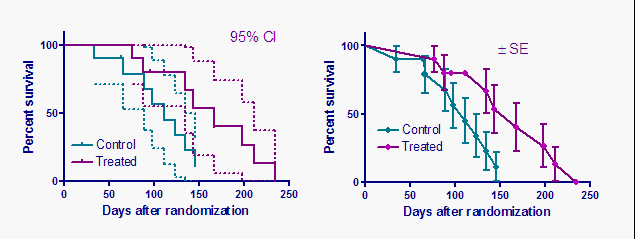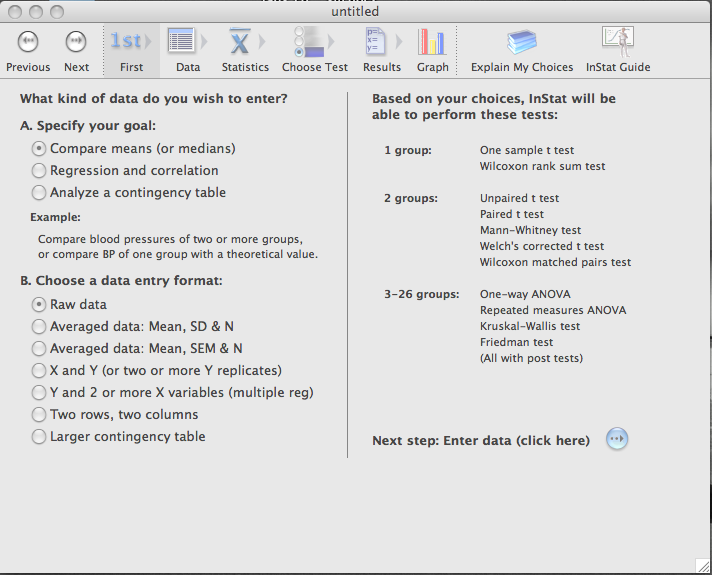
The difference between entering +/- errors and upper/lower limit errors Temperature in C or F is not a ratio variable, because a temperature of 0.0 doesn't mean no heat. Weight is a ratio variable, because a weight of 0.0 means no weight. This is only useful for ratio variables, where zero means none of that value. Since the SD and Mean are in the same units, the %CV is a unitless percentage. The %CV is the coefficient of variation as a percentage, so is defined as 100*SD/Mean. If you also enter n, Prism can account for scatter and sample size, and the curve fit will be the same as if you had entered raw data. If you enter the data as mean and SD or SEM, Prism will fit the means, and ignore the values you enter as SD or SEM.


It is ok to omit the "n" values, or to format the table for entry of Mean with SD or SEM, but without n.

If you only want to make a graph showing mean and SD or SEM, you only need to enter those values into the data table. If you enter mean and SD or SEM, why also enter n? When creating (or reformatting) a Grouped or XY table, you can choose to format the table for entry of preaveraged data. Choosing to enter precalculated error values


 0 kommentar(er)
0 kommentar(er)
